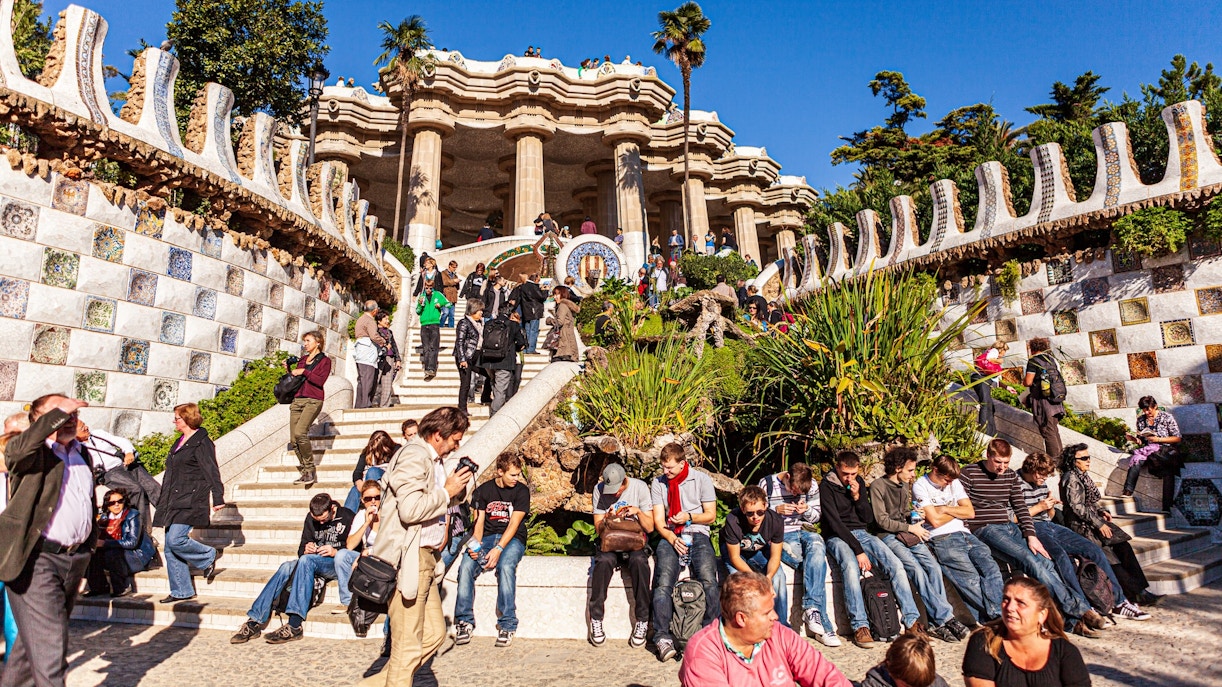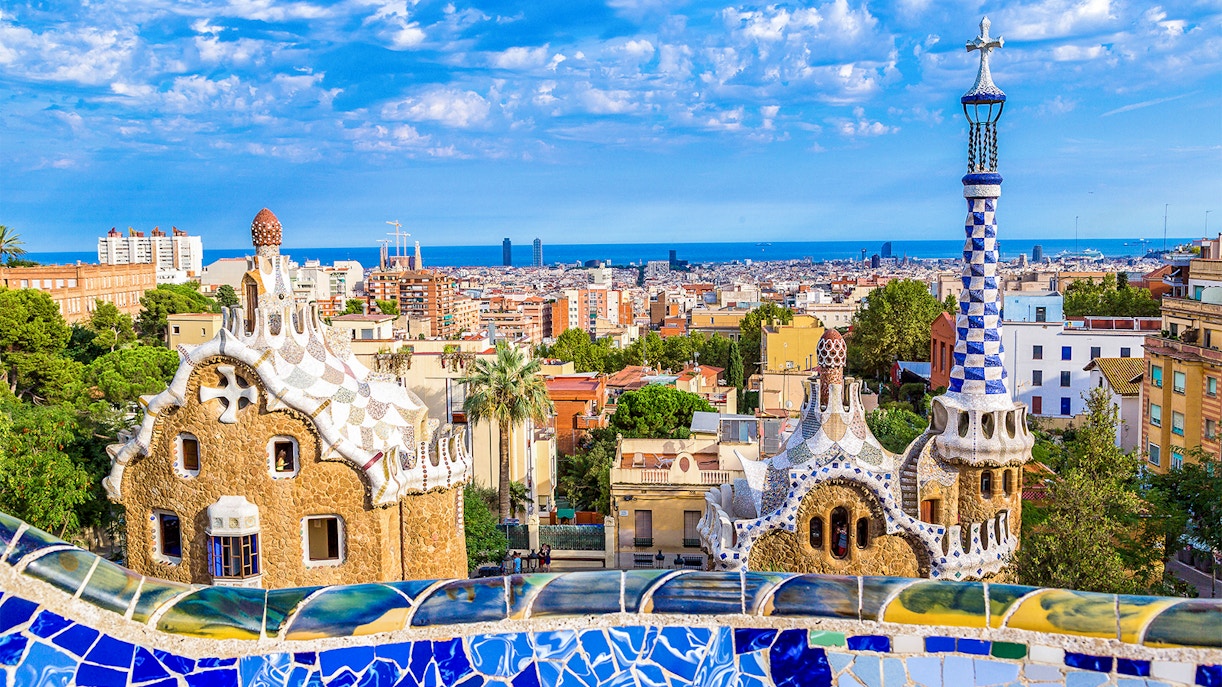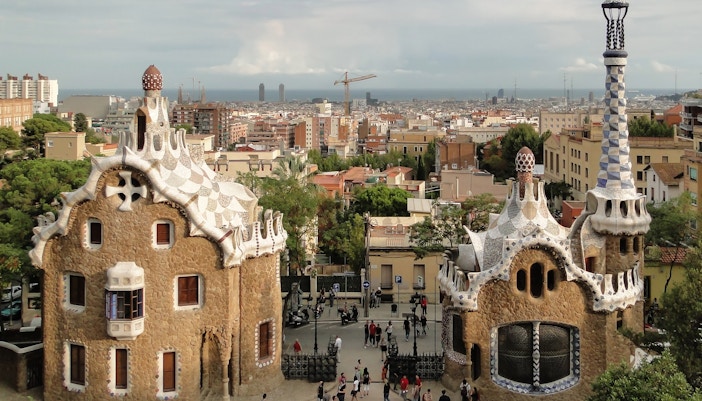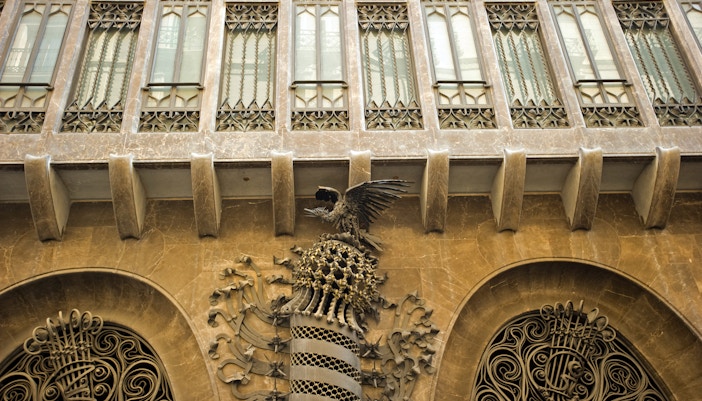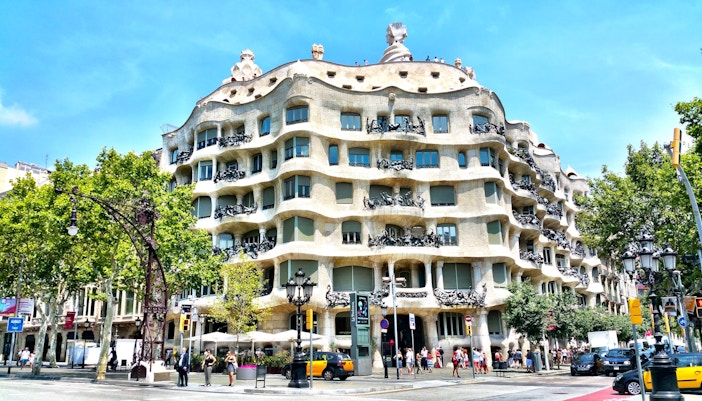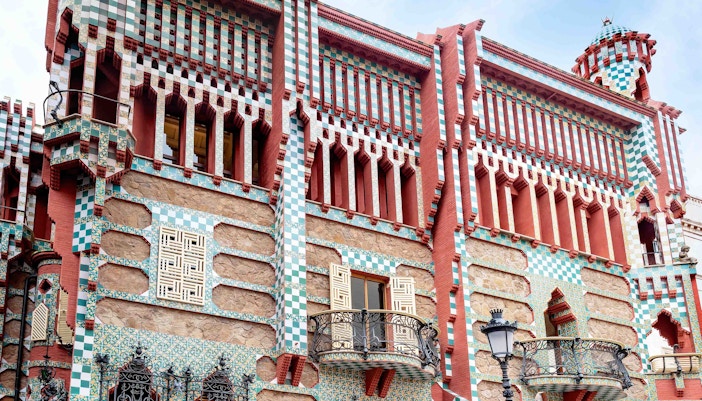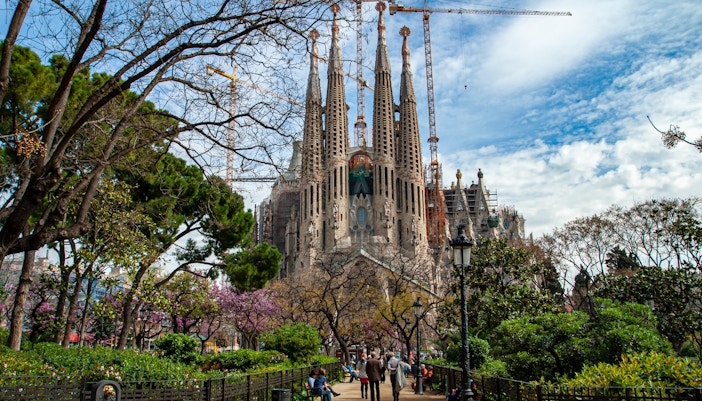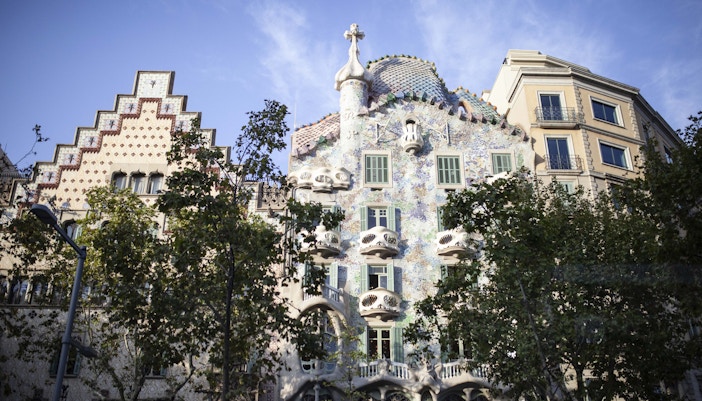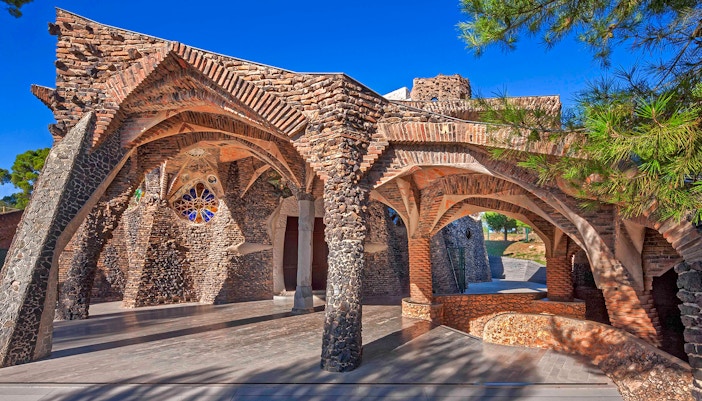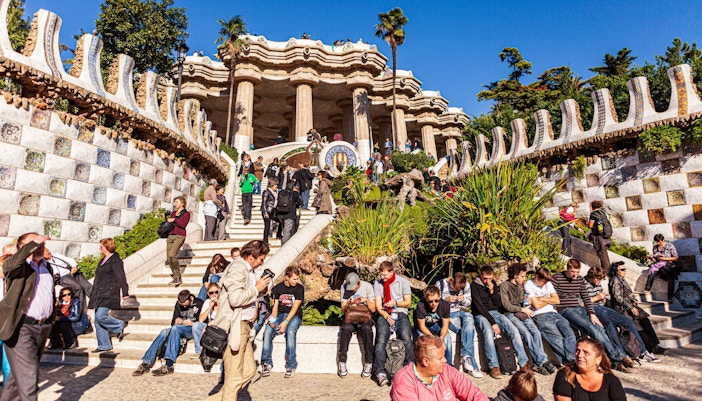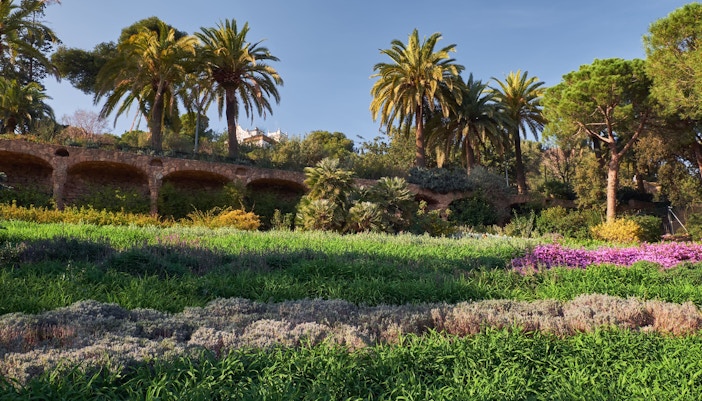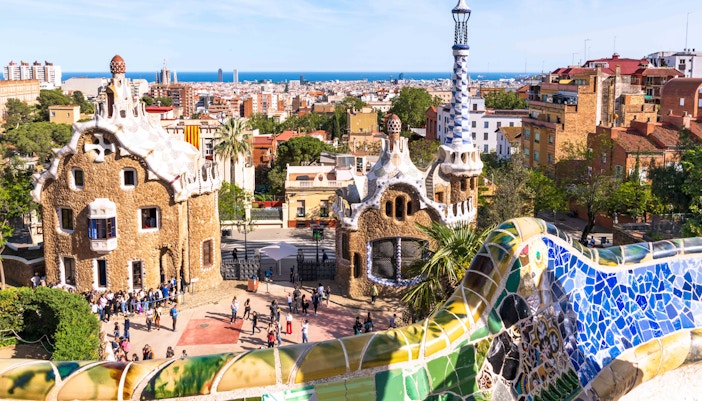One of the biggest reasons Park Güell earned its UNESCO World Heritage badge? The wild, brilliant genius of Antoni Gaudí. His work inside the park isn’t just decorative—it marks a major shift in the story of Catalan architecture. Gaudí, often hailed as the father of Modernisme, helped shape the city’s identity, and Park Güell is one of his boldest experiments.
UNESCO doesn’t hand out titles lightly. The World Heritage Site label is given to places with exceptional cultural or natural value—the kind of places the world agrees are worth protecting, preserving, and passing on. Park Güell fits that brief perfectly.
